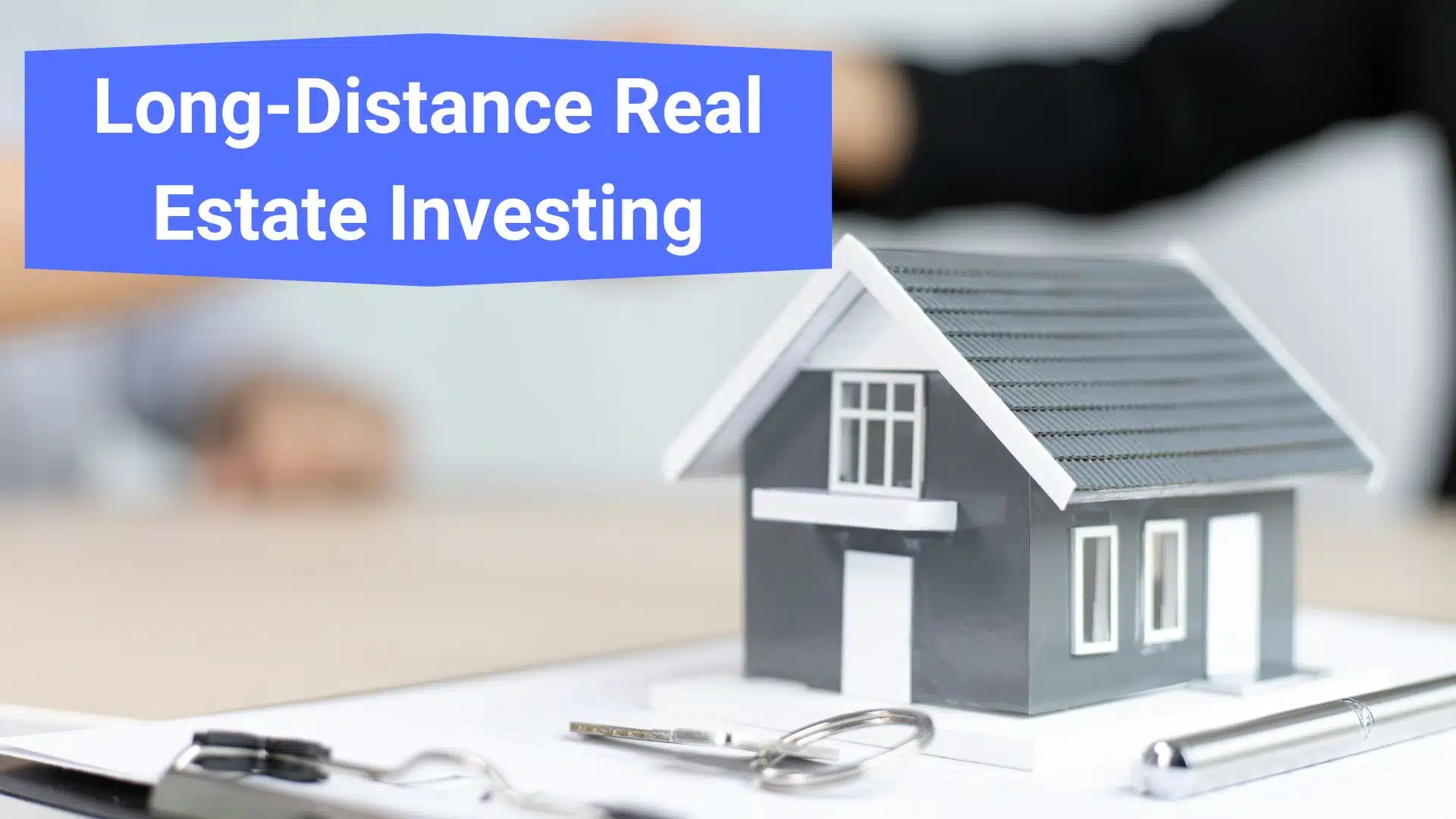
For those contemplating entry into real estate investment, the opportunities may seem abundant. However, this raises the question: do all regions within this vast landscape truly present worthwhile investment prospects?
Perhaps we are extending the metaphor too far. The essential point is this—if you have the flexibility to select the state for your investment, there exists a strategic approach that can enhance your potential for generating passive income with minimal effort.
Nevertheless, there is an important consideration: it is essential to look beyond merely “affordable states” that promise “inexpensive cities” and “low-cost properties.” In this discussion, we will provide a comprehensive overview of the states we recommend for real estate purchases. Below is a summary of the criteria we utilized to identify the leading states in this regard.
Criteria We Considered to Identify the Best States for Real Estate Investment
Average home price: We sought out regions with affordable housing options that would not pose a barrier to investment, concentrating on states where the average home prices range from $100,000 to $300,000. A 20% down payment in this price bracket would necessitate an investment of between $20,000 and $60,000.
Economic growth rate: We examined the historical economic growth rates of each state to ascertain the potential for a stable rental market that could yield consistent passive income.
Average household income: The ideal tenants are those who can reliably meet their monthly rent obligations. Therefore, we assessed the average household income in various areas to evaluate whether a state provides a favorable environment for landlords.
Employment rate: In light of the uncertainties brought about by the COVID-19 pandemic, employment rates have become less predictable. We included states that have consistently maintained a stable employment rate, as a high employment rate typically reflects a robust job market.
Median gross rent: To ensure a profitable income from rental properties, it is essential to set rents that cover operating expenses. However, it is equally important to avoid investing in areas where rental prices are excessively high. We aimed to identify states that strike a balance between affordable rents and tenant availability.
Vacancy rate: We analyzed occupancy rates to gauge the potential challenges in securing tenants. While the average vacancy rate typically falls between 5% and 8%, a lower vacancy rate generally favors landlords.
Crime rate: The crime rate was considered as a crucial factor in assessing the safety and desirability of a state for living, which is particularly significant for short-term investment opportunities.
Year-over-year median home value trends: It is widely acknowledged that home prices are on the rise throughout the United States, with certain regions experiencing significantly sharper increases. While appreciating property values can benefit landlords seeking profitable investments, it is important to recognize that such rapid growth may also lead to instability.
Year-over-year median rent trends: Similarly, rising rents can be advantageous for property owners. However, when rental prices significantly exceed wage growth, it can create challenges within the housing market. Our analysis focused on identifying median rent increases that are sustainable—ideally around 2%, striking a balance that is neither excessive nor insufficient.
Owner-occupied housing unit statistics: A high rate of homeownership can limit the availability of rental properties for landlords. Therefore, we concentrated on states with homeownership rates between 60% and 70%, as this range indicates a robust economy while providing a sufficient number of potential renters.
Population growth indicators: A healthy rate of population growth is indicative of economic vitality, often driven by strong job opportunities that attract new residents to a state. This influx also creates a continual demand for rental housing.
Job growth metrics: To sustain population growth, job creation is essential. An increase in employment opportunities reflects a thriving economy and enhances the likelihood of attracting reliable tenants with stable jobs.
Average property tax considerations: Property taxes can significantly impact a landlord’s profitability, particularly for those managing multiple rental properties. In our analysis, we included states with above-average property tax rates only when such costs were balanced by favorable economic conditions and appealing housing options.
The data referenced above was sourced from the US Census, Business Insider, Zillow, Zumper, the US Bureau of Labor Statistics, Statista, the World Population Review, Rocket Mortgage, and the FBI Crime Report.
10 Best States for Real Estate Investment
1. Iowa: Best States for Real Estate Investment
Average price of a home $152,885
Economic rate of growth 2%
The average household income is recorded at $61,691
While the rate of employment is 64.3%
The median rent of gross is $808 and the rate of vacancy is 7.6%
The data clearly indicates that the Midwest is the premier region for housing investments. With competitive home prices and corresponding rental rates, Iowa offers greater accessibility to housing compared to many other states. This, coupled with a low crime rate, positive population growth, a consistent rise in home values, and a robust average household income, positions Iowa as the top choice for those seeking investment properties.
2. Connecticut: Best States for Real Estate Investment
Average price of a home $255,555
Economic rate of growth 2.2%
The average household income is recorded at $78,833
While the rate of employment is 62.3%
The median gross rent is $1,177, accompanied by a vacancy rate of 5.4%
Although housing prices in Connecticut are relatively high, the state compensates with substantial household incomes and a notably low crime rate, significantly below the national average of 379.40. Real estate investors benefit from the state’s proximity to New York City while avoiding the intense competition found in the metropolitan area. However, it is important to note that Connecticut has a comparatively high average property tax rate.
3. Idaho: Best States To Invest In Real Estate
Average price of a home $285,982
Economic rate of growth 2.7%
The average household income is recorded at $60,999
While the rate of employment is 61.2%
The average gross rent stands at $880, while the vacancy rate is recorded at 4.0%
best states for real estate investing? Idaho not only provides affordable rental options and a robust average income but is also recognized as a favored vacation spot, making it an attractive consideration for investors looking to cater to seasonal visitors.
4. Kansas: best states for real estate investing
Average price of a home $150,657
Economic rate of growth 3.1%
The average household income is recorded at 63.5%
While the rate of employment is $862
The vacancy rate is noted at 8.3
Kansas, located in the Midwest, presents an attractive cost of living for homeowners. Despite a slightly elevated vacancy rate, landlords can secure a steady cash flow by investing in sought-after locations such as the fashionable area of Overland Park or the university town of Lawrence.
5. Kentucky: best states for real estate investing
Average price of a home $146,871
Economic rate of growth 2.5%
The average household income is recorded at $52,295
While the rate of employment is $773
The vacancy rate is noted at 6.8%
In Kentucky, both homeowners and renters benefit from relatively low average rental costs and a manageable crime rate. Although the average household income is lower compared to many other states and vacancy rates are elevated, the state demonstrates economic growth that suggests promising developments may be forthcoming for the Bluegrass State.
6. Minnesota: Best States for Real Estate Investment
Average price of a home $256,857
Economic rate of growth 2.6%
The average household income is recorded at $74,593
Our journey now takes us to the northern Midwest region of the United States, specifically Minnesota, where both home prices and rental rates are relatively high, yet vacancy rates and crime levels remain low. Minnesota is recognized as an exceptional place to reside, frequently appearing at the top of rankings for the “best places to live in the US,” thanks to its outstanding educational institutions and low unemployment figures. Remarkably, it offers these advantages at a more affordable cost compared to other states with similar benefits.
7. Ohio: best states for real estate investing
Average price of a home $128,934
Economic rate of growth 3.9%
The average household income is recorded at $58,642
While the rate of employment is 60.5%
The median gross rent is $813, and the vacancy rate is 6.5%
In Ohio, housing prices are relatively low, making it an attractive option for those considering the purchase of rental properties. The state boasts several well-known cities, such as Cincinnati and Columbus, alongside numerous hidden treasures throughout its regions. Additionally, Ohio’s strategic location within the United States facilitates convenient access to the Northeast, the South, and other areas of the Midwest.
8. Oregon: Best States for Real Estate Investment
Average price of a home $194,603
Economic rate of growth 2.9%
The average household income is recorded at $67,058
While the rate of employment is 59.3%
The median gross rent is $1,185, and the vacancy rate is 4.7%
Oregon, the sole representative from the typically high-priced Pacific Northwest on our list, presents a relatively affordable housing market, coupled with competitive interest rates and a robust household income. Given the rapid growth of both the state’s population and economy, it is an opportune moment to consider investment in Oregon.
9. Pennsylvania: best states for real estate investing
Average price of a home $300,808
Economic rate of growth 2.2%
The average household income is recorded at $63,463
While the rate of employment is 60%
The median gross rent is $951, and the vacancy rate is 6.5%
Pennsylvania serves as a gateway to the northeastern United States and offers numerous advantages for potential investors. This is particularly relevant for those interested in generating rental income, as the state boasts high employment rates, relatively low average rents, and a crime rate that is below the national average. Similar to Connecticut, Pennsylvania provides a more affordable option compared to neighboring states like New York and New Jersey, particularly in cities such as Philadelphia and its surrounding regions.
10. Wisconsin
Average price of a home $200,029
Economic rate of growth 2.9%
The average household income is recorded at $64,168
While the rate of employment is 63.8%
The median gross rent is $867, accompanied by a vacancy rate of 3.5%
Wisconsin is recognized as an excellent state for property investment, characterized by affordable entry-level home prices and a commendable economic growth rate. The state boasts a diverse economy supported by numerous universities, healthcare facilities, and various industries, resulting in a steady influx of newcomers seeking housing.
Bottom Line: best states for real estate investing
Each state in the United States presents unique advantages for real estate investors. however, we firmly believe that the aforementioned states represent excellent opportunities for enthusiastic investors. If you possess the ability to allocate your funds in any region of the United States, consider exploring one of the states mentioned above. It is highly likely that you will find this decision rewarding.






